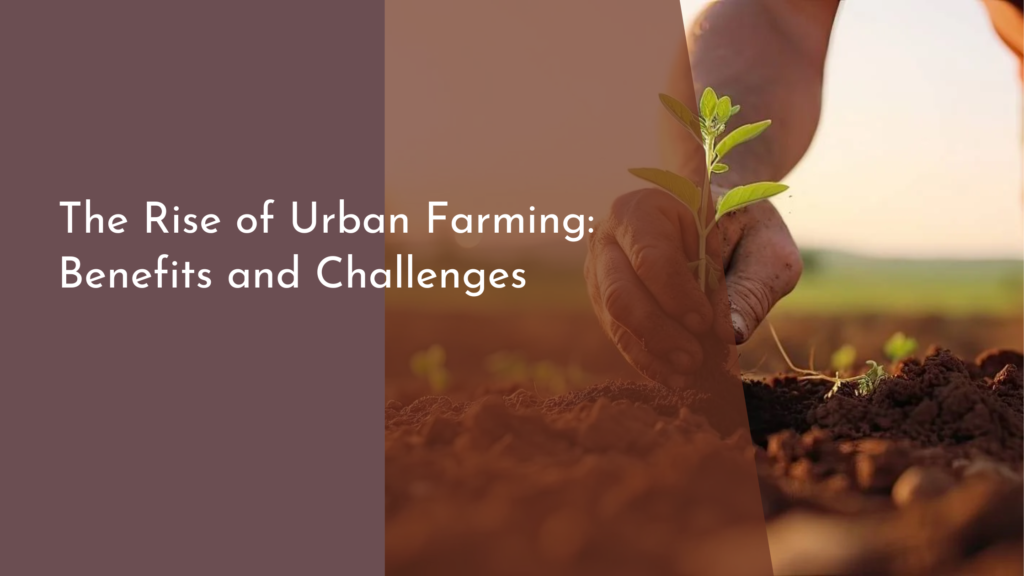Urban Edible Landscaping Projects
As cities continue to grow and develop, the need for green spaces that not only beautify urban areas but also provide sustenance is more important than ever. Urban edible landscaping merges the principles of landscape design with edible plants, creating vibrant spaces that encourage community interaction, promote sustainability, and provide delicious food. With the right approach and mindset, urban dwellers can take part in a transformative movement that enhances both their surroundings and their diets.
The joy of urban edible landscaping lies in its accessibility. From small balcony gardens to shared community plots, anyone can cultivate their green thumb, no matter the size of their living space. Whether you’re interested in growing your own herbs or establishing a fruit orchard in a park, the opportunities to engage with nature abound. This hands-on approach to gardening not only fills our plates with fresh produce but also fosters a sense of connection to the earth and those around us.
Discover the Joy of Urban Edible Landscaping Today!
Urban edible landscaping brings the excitement of gardening directly to city life, allowing residents to enrich their environments and share in the bounty. Imagine strolling through your neighborhood and spotting apple trees, vibrant berry bushes, or lush herb gardens instead of typical ornamental plants. These edible landscapes not only provide food but also serve as educational tools, teaching community members about gardening techniques and the importance of local food systems.
Moreover, gardening can be a therapeutic escape from the hustle and bustle of urban living. The act of nurturing plants fosters mindfulness and provides an opportunity for relaxation amidst a busy schedule. Engaging with nature in this way enhances mental well-being and encourages a more sustainable lifestyle. Whether you’re picking fresh basil for your dinner or sharing gardening tips with neighbors, the joy of urban edible landscaping is a delightful experience that enriches both the soul and the community.
Transform Your City: Tips for Edible Green Spaces
Creating edible green spaces requires thoughtful planning and community involvement. One of the first steps to transforming a public area into an edible landscape is to assess the space’s potential. Look for underutilized parks, schoolyards, or even vacant lots that could be turned into vibrant gardens. Collaborating with local organizations and city planners can help secure the necessary permissions and resources for your project.
Once a site is identified, consider the variety of plants that can thrive in your climate and soil conditions. Native species are a fantastic choice, as they require less maintenance and provide habitat for local wildlife. Incorporating a mix of fruits, vegetables, and herbs can maximize the harvest while creating a visually appealing environment. Engaging community members in planting and maintenance ensures that the project is cared for and cherished, fostering a sense of ownership and pride among residents.
Thriving Community Gardens: A Recipe for Success
Community gardens are a cornerstone of urban edible landscaping, offering residents the opportunity to cultivate food while building social connections. These gardens thrive on collaboration and shared responsibility, often creating a community spirit that extends beyond the garden’s borders. By establishing clear guidelines and roles for garden members, communities can ensure that everyone has a stake in the success of the garden. Regular meetings and events, such as potlucks or planting days, help to foster camaraderie and encourage participation.
To create a successful community garden, it’s essential to provide education and resources for members. Workshops on gardening techniques, pest management, and sustainable practices empower participants to grow their skills and knowledge. Additionally, incorporating features such as compost bins and rainwater collection systems promotes environmental stewardship while enhancing the garden’s productivity. A thriving community garden not only increases access to fresh food but also strengthens community ties and enriches urban life.
Delicious Harvests: The Benefits of Edible Landscapes
The benefits of urban edible landscapes extend far beyond the immediate joy of harvesting fresh food. By integrating edible plants into public spaces, cities can significantly improve food security and promote healthier eating habits among residents. Access to fresh fruits, vegetables, and herbs encourages individuals to make better dietary choices, ultimately leading to improved health outcomes. Moreover, these gardens offer an opportunity for education about nutrition and cooking, empowering community members to embrace healthy lifestyles.
In addition to the nutritional benefits, edible landscapes contribute to environmental sustainability. By incorporating native and drought-resistant plants, urban gardens can help reduce water usage and support local biodiversity. They also improve air quality and provide habitats for pollinators, which are vital for a thriving ecosystem. As cities continue to expand, embracing urban edible landscaping not only enhances the beauty of urban areas but also plays a crucial role in creating resilient, sustainable communities.
Urban edible landscaping is more than just a trend; it’s a movement that encourages creativity, community engagement, and a return to nature. As we cultivate these green spaces, we enhance our cities and create a healthier, more connected society. By transforming underutilized areas into abundant gardens, fostering community collaboration, and enjoying the delicious harvests, we can work together to create urban environments that are not only beautiful but also sustainable and nourishing. Embrace the joy of urban edible landscaping today, and watch your community flourish!

